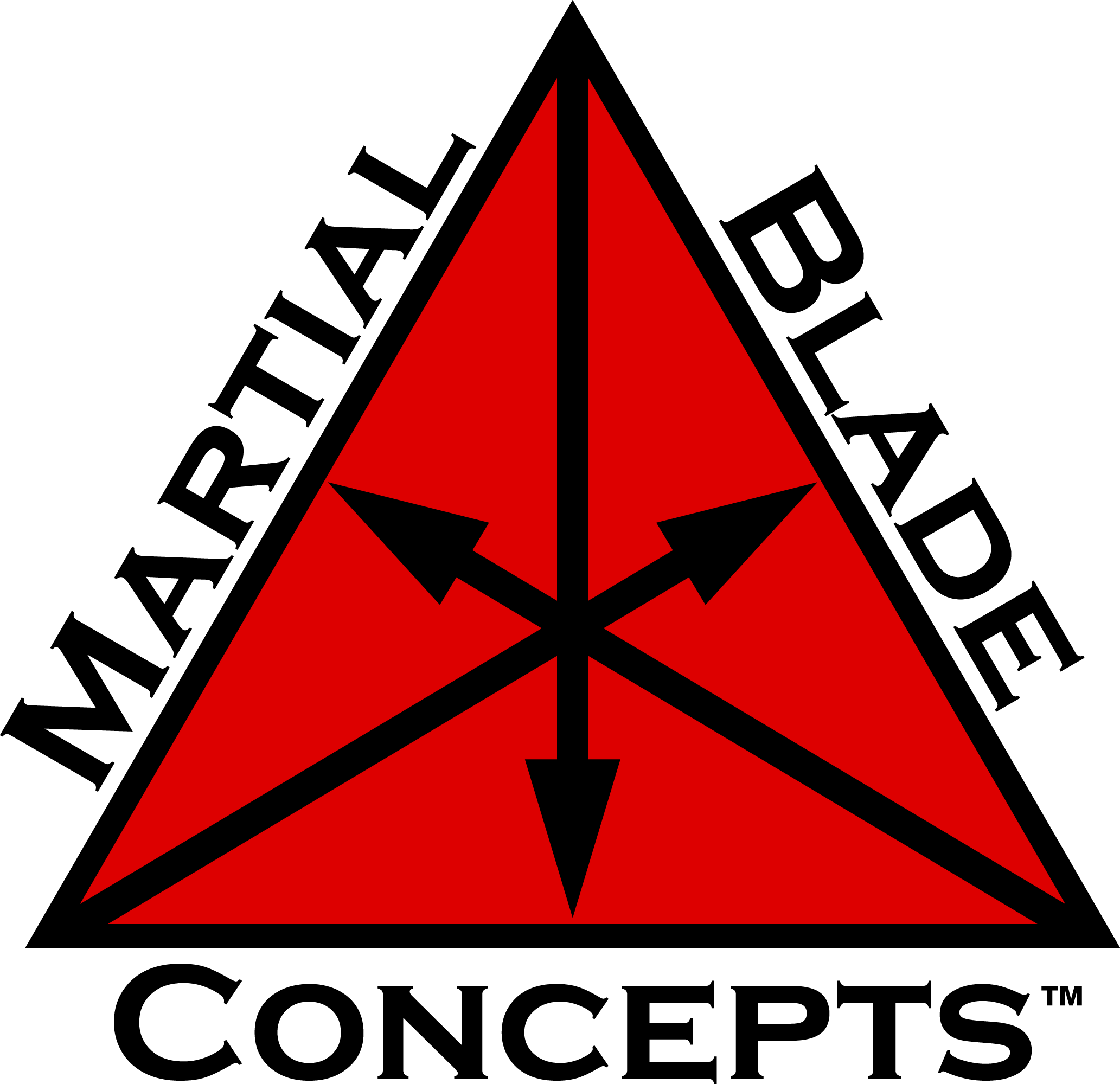Putting the Pieces Together
Last week I taught a two-day course in Germany. It was a law-enforcement-only course and consisted of one day of handgun tactics and one day of basic MBC skills.
For those of you who have not seen my approach to handgun tactics, it is based on a foundation of understanding and accepting the concepts of point shooting as taught by the late Col. Rex Applegate, one of my mentors. Based on those fundamental concepts and additional skills and principles I learned from other close-combat greats like the late Jim Cirillo, I then analyze the advantages and disadvantages of Col. Applegate’s traditional approach and create a system that retains the core understanding of point shooting while putting it into perspective with modern methods.
One element that the Germans were very surprised to see was my emphasis on a close-quarter guard position as a default during the draw. I cited the FBI statistics as far as the distances involved in typical gunfights, took a poll of the right-handed folks in the room (100% of a group of about 16), and explained that guarding the most likely target of a right-handed attacker (your zone 1) made a lot of sense. After giving them a live-fire taste of the traditional Fairbairn and Applegate methods, we worked through a series of drills that started with two-handed shooting from the Isosceles (to establish a comfort level), progressed through the shortened Isosceles (Jim Cirillo’s “Geometric Point”), and finally to contact-distance shooting from the Guard/Retention Position. All shooting was done with the sights taped over. Although from a practical standpoint the progression should have gone the other way, since most German shooters do not spend much time shooting one handed and few of them ever shot from a retention position, I worked the other way for safety reasons.
After everyone understood my preferred flow of guard-draw-retention position-shortened iosceles-extended isosceles, we pulled out the blue guns and worked on both proactive and reactive weapon retention, emphasizing the function of the left arm as a guard and lever and the importance of turning the body as a unit to maintain muzzle discipline and maximize power. This was a first for most of them and they enjoyed it a lot. I also taught them some basic Counter-Blade Concepts (CBC) knife defenses and showed them how an initial empty-hand response should create an opportunity for drawing and shooting the handgun.
With all the building blocks in place, we then went back up to the line and put the pieces together. Since all the targets were mounted on the wall, there was no opportunity to use free-standing target stands for dynamic shooting at different distances. We also did not have the equipment for force-on-force drills. As such, we focused on combining the concepts of the blue-gun work with live-fire shooting. For example, a shooter would start at 90 degrees to the target, right shoulder facing it. On the “knife” command, he would simulate low-line hubud against a low angle 5 thrust, pivot to face the target, guard, draw,and shoot. Similarly, we practiced proactive defenses against attempted gun grabs, withdrawing from an extended-arms position to a weapon-retention position, turning to simulate a deflection or lever, and then turning back square to the target to fire. We combined this with simultaneous backward movement and extension of the arms to a full isosceles.
The primary form of feedback that I received on that day of training was that, for many of them, it was the first time they had done any contact-distance work. Those that had worked from contact distance before had never put together the solo practice of empty-hand movements with live-fire training. They were amazed with how much they got out of that process.
As I’ve mentioned in previous blogs, I get a lot of questions about solo training. Many people claim that they cannot train effectively because they don’t have a partner. Many shooters also spend hours at the range and hundreds of dollars in ammo punching holes in paper without any realistic training benefit. ALL training starts with solo training. Identify your skill sets–from verbal commands through empty-hand tactics through less-lethal weapons and up to the use of firearms. Then create plausible scenarios in your head and figure out how to replicate them with the resources you have available.
Another great example of this concept that I included in a recent video shoot for “The Best Defense Season 2” was transition from a cane to a handgun. If you walk with/carry a cane, it is very likely to be your “go to” weapon. It may, however, not be enough to finish the fight. The next time you go to the range, set up a sturdy free-standing target and go through your cane technique, finishing with the knee/shin strike as taught in Martial Cane Concepts. Then, transition to drawing and shooting your pistol to incorporate the live-fire portion of your training. Transitioning from an improvised weapon (i.e. pen, kubotan, OC, or even a knife) can be done the same way.
If you’re not at the range, focus on the hitting part of your initial response and then practice drawing a blue gun, airsoft, or even your gun equipped with a training barrel or snap caps.
In short, put the pieces together. Most organized training focuses on developing specific skill sets in isolation. Real situations aren’t that clinical, so it’s up to you to build strong bridges between your skills. Done properly, it also breathes new life into your training and enables you to make some quantum leaps in your skills by challenging yourself to perform dynamically.
Final word: When you make a mistake (not if; when), don’t stop or start over to get it “right.” Finish it. Even if the result is an ugly, half-assed goat-fuck of a technique, finish it. That will train you to finish it when you need to on the street.
Stay safe,
Mike
